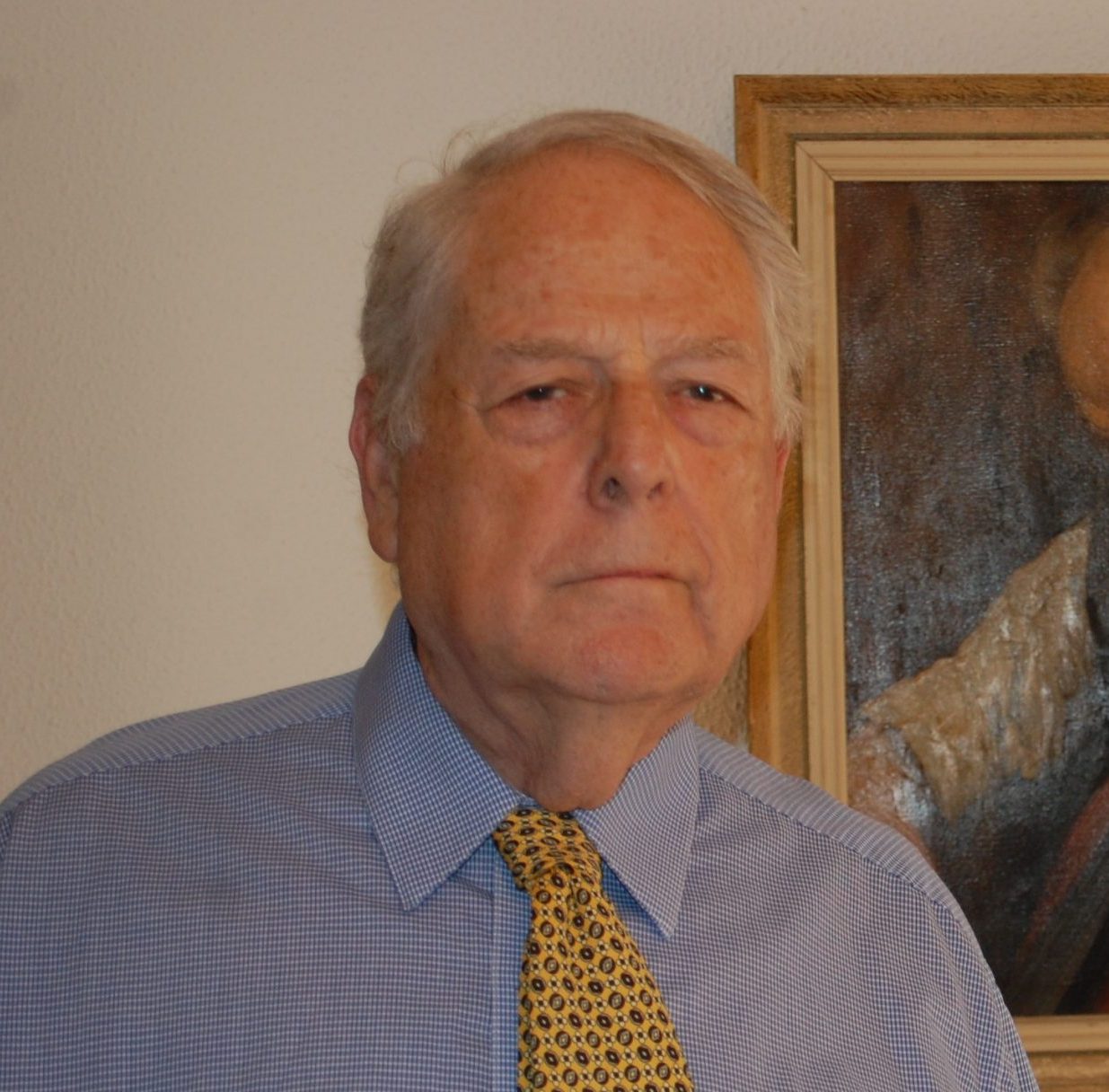As a musicologist, I usually accept writings and books published on the Internet with a great amount of scepticism.
Many people is able to write an exciting book, but in a topic like the one Daniela Gaidano has chosen, it is important for the author not to rely on his imagination, intuition, or preconception, but to build his own story using only verifiable, factual data.
Fortunately, after reading the book, all my bad feelings were dispelled. Ms. Gaidano’s writing is an accurate, concise summary of everything you need to know about the history of the strings used on the violin family instruments. Although some of the information were known to me, there were many new data, which I was happy to learn.
Being a violinist, I liked most the chapter entitled as “Brief historical overview of the evolution of violin strings from the mid 1600s to the late 1900s”. I found it very refreshing and revealing, that the evolution of the four different strings are told separately and not together.
I liked also the “The string makers of the Abruzzo region” (although I would have liked to read about string productions in other regions), and I enjoyed the rich illustration.
As a last bonus, I found the tables useful, because they summarise the essence of the book in four easy-to-understand illustration.
This is finally a book that can be recommended with a good heart for anyone interested in the subject - be it a performer, a teacher or a scholar.


















